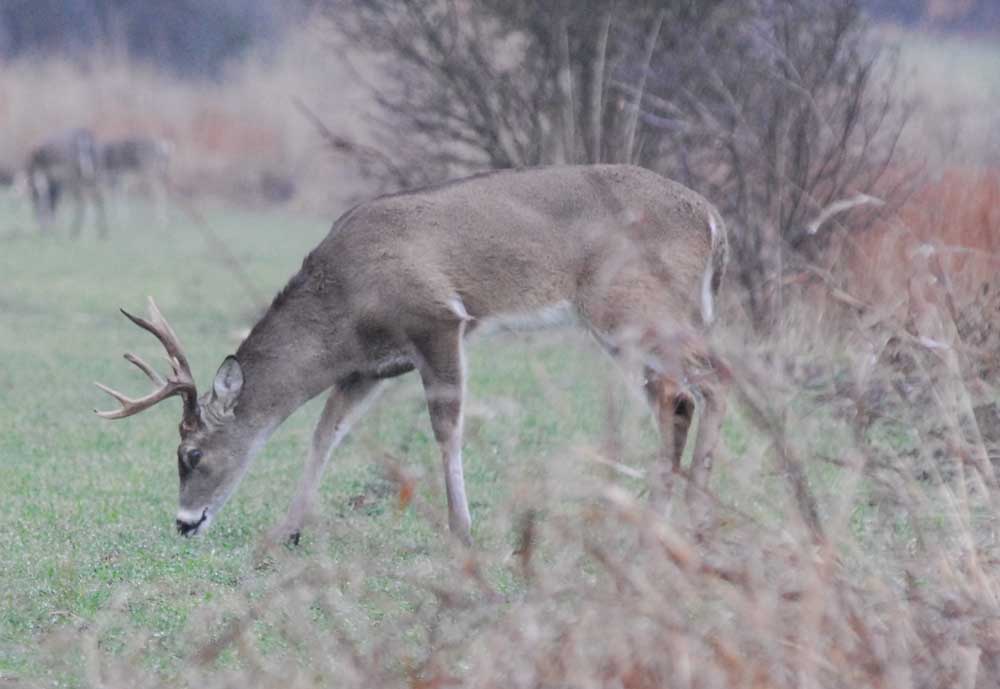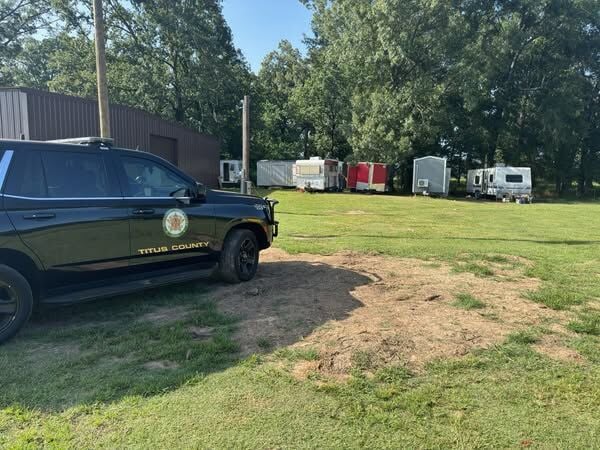Bedtime Story: Bass fishing during the spawn not an impact of public waters
Published 9:11 pm Friday, March 1, 2024

- Few bass go through as much stress during the spawn as Toyota ShareLunkers, but they are still able to spawn. Fishing the spawn has no impact on public water fishing.
Without a doubt there is no better time of the year to catch big bass. From now into April females are going to be at their heaviest weights and actively feed in preparation for time spent on the nest spawning.
And that, the fact they are about to spawn, just adds weight as the females are full of eggs. That alone can add upwards of 10% to a fish’s bodyweight.
But as much as fishermen pack the boat ramps and work the shores on lakes around Texas in search of big fish, there are some who question the wisdom of fishing during the spawn. Their concern is what it might do to a population on a lake even during an era of catch-and-release fishing.
There once was a time when states were in agreement with those concerns, closing their waters to fishermen during the peak spawning months. Today, that regulation is a relic in all but a very few places in North America.
“I think it is pretty much a non-issue,” said Donovan Patterson, hatchery manager at the Texas Freshwater Fisheries Center in Athens, of the potential impact of spring fishing in Texas.
Patterson admitted lake management is not his expertise, but as the manager of a state fishery, one that is home to the Toyota ShareLunker program, and as a fisherman he knows how hardy bass can be.
“You can disturb them pretty well and they are going to try to produce during their usual season,” he added.
As most fishermen who have spent time pitching a lure around a nest only to have the female gently move it away know, the fish are protecting their bed more than feeding when they move up. Only after they are provoked to irritation do they usually strike a lure.
If handled properly and quickly released Patterson said the disruption should not prevent a bass from spawning. Even if taken to a tournament weigh-in, the cooler water and air temperatures this time of year increases the odds of survival and improves the chances of the fish continuing to spawn.
The biologist based this assumption on how bass are handled at hatcheries.
“The bass are aggravated a lot more here. Their entire pond is drained and then they are put into a truck and brought indoors to spawn under the lights,” he said.
For ShareLunker entries it is even worse when they go from being caught to weighed, put in a truck and hauled across state to be placed in the hatchery.
“ShareLunkers undergo the most stressful day of their life,” Patterson said. And yet barring injury or illness they still spawn.
When it comes to an individual lake it is hard to say how much reproduction is needed from year to year to sustain a healthy population. Factors such as habitat and the amount of forage play key roles in that.
In fisheries management sustaining a fishery from one year to the next is based on recruitment of fish from one age class to the next. That is determined through surveys based on size of fish found and a weight/length ratio that can point to an overpopulation or under-recruitment.
However, Patterson said production numbers are typically not an issue.
“There is a pretty good rule of thumb that says they will produce about 2,000 eggs per pound of fish each time they spawn. It can be 2,000 to 4,000, but 2,000 to be on the safe side,” he explained.
And typically a bass will attempt to spawn three times a season meaning a one-pound fish will produce 6,000 to 12,000 eggs per season.So, while you think about how many bass are caught and could be interrupted from spawning on a single attempt, think about how many others are never molested during the spawn and produced the maximum number of fry.
As added insurance, most bass fishing in Texas these days is catch-and-release. That adds to the probability of a female quickly resuming nesting activity when compared to pre-1986 when every fish 10-inches and larger could be kept and did affect numbers.
So, with the early spring the best time to catch big bass, there is no reason not to go out for a personal, or even a state, record.
— Knight may be reached by email at outdoor@tylerpaper.com






